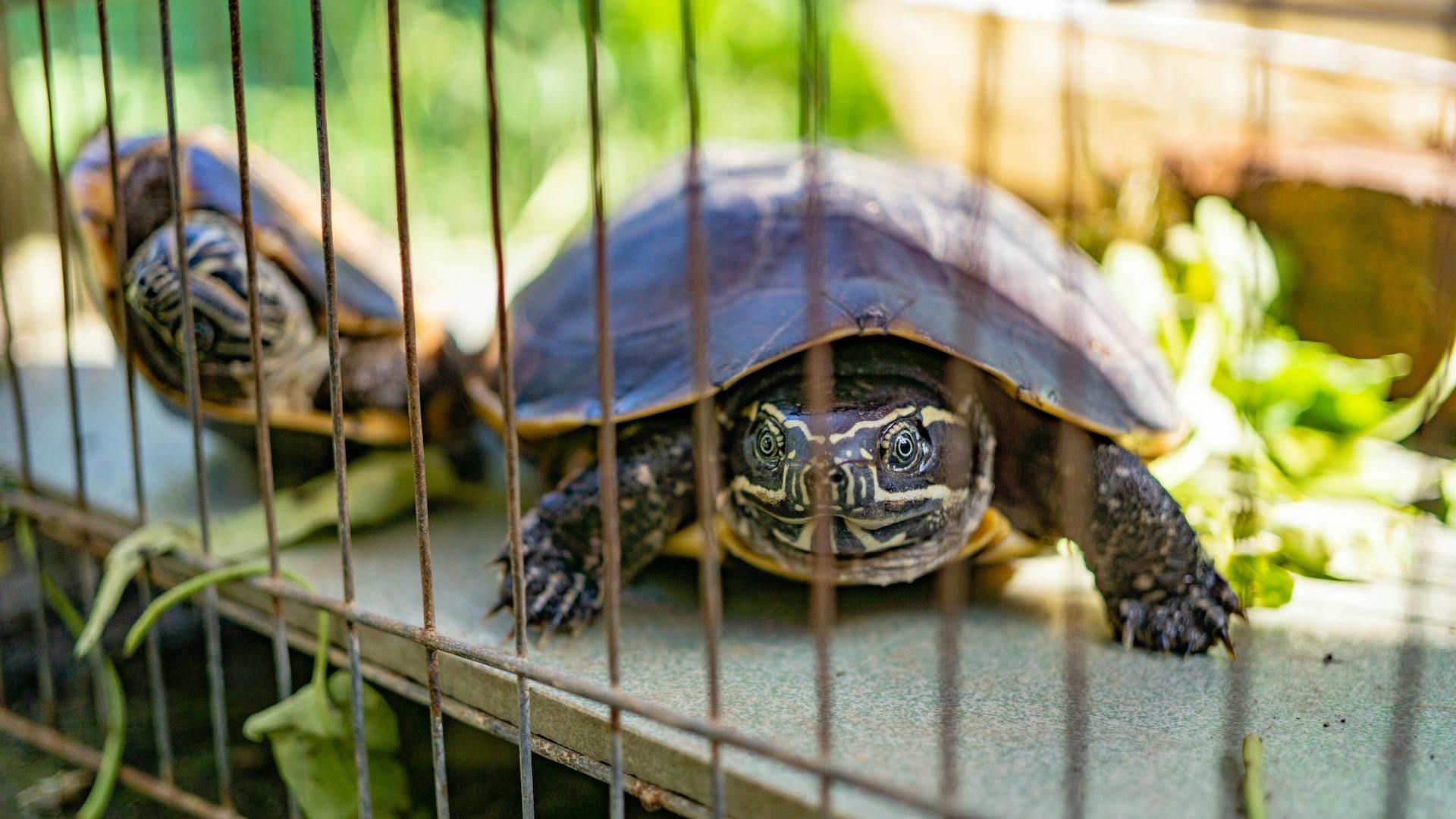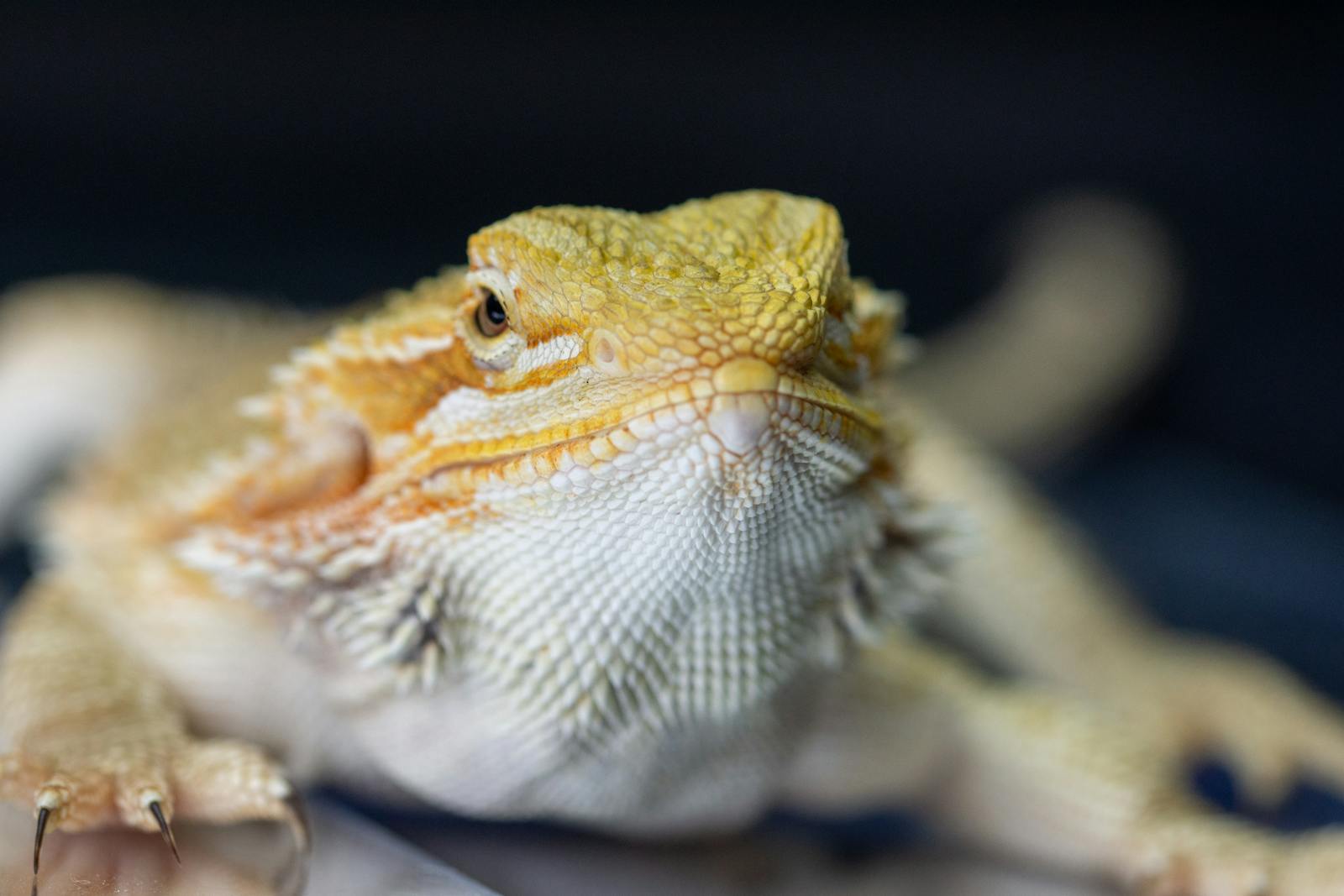Reptiles in captivity often face challenges expressing their natural behaviors due to spatial limitations and artificial environments. Creating opportunities for these animals to engage in innate behaviors is essential for their physical health and psychological well-being. When reptiles can climb, burrow, hunt, and thermoregulate as they would in the wild, they experience lower stress levels and display fewer abnormal behaviors. This comprehensive guide explores effective methods for encouraging natural behaviors in captive reptiles, helping owners and caretakers create enriching environments that promote physical activity, mental stimulation, and overall improved quality of life.
Understanding Natural Behaviors in Reptiles

Reptiles have evolved specific behaviors over millions of years that help them survive in their native habitats. These behaviors include thermoregulation, hunting or foraging, defensive postures, territorial displays, breeding rituals, and environmental exploration. In captivity, these innate behaviors often become suppressed due to inadequate space, inappropriate thermal gradients, or lack of environmental complexity. Understanding species-specific behaviors is the first critical step in creating appropriate captive environments. For example, arboreal species like chameleons naturally spend their time climbing and navigating branches, while fossorial species like sand boas require substantial substrate for burrowing. Recognizing these evolutionary adaptations allows keepers to design habitats that accommodate natural behavioral patterns.
Creating Proper Thermal Gradients
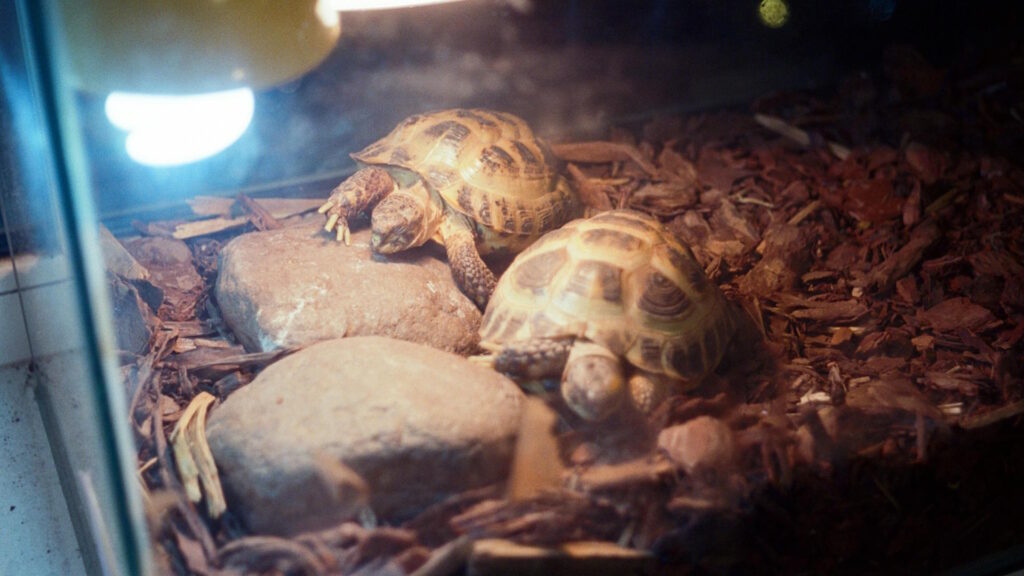
Thermoregulation is one of the most fundamental behaviors for reptiles, who rely on external heat sources to maintain their body temperature. A proper thermal gradient allows reptiles to move between warmer and cooler areas to regulate their internal temperature as needed. This should include a basking spot at the appropriate temperature for the species, a middle-zone, and a cooler retreat area. Heat sources should be positioned to create this gradient from one side of the enclosure to the other, allowing the animal to thermoregulate naturally throughout the day. Using a combination of heating elements such as ceramic heat emitters, heat panels, or basking lights provides a more natural heat experience. Regular temperature monitoring using reliable thermometers at different heights and locations ensures the gradient remains appropriate for the species.
Designing Three-Dimensional Habitats
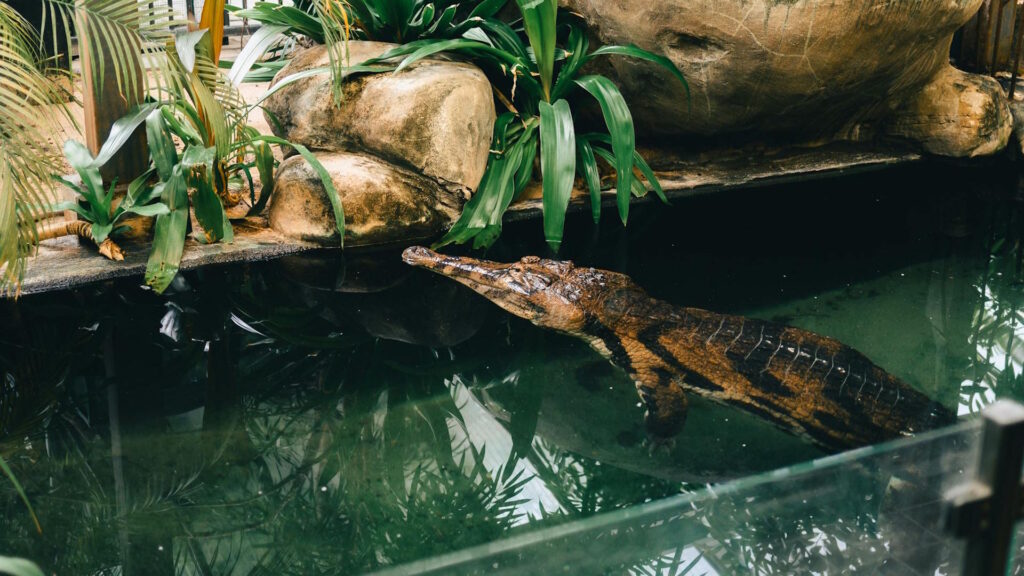
Wild reptiles utilize the full three-dimensional space of their environments, not just the ground surface. Creating vertical space with climbing structures, platforms, hammocks, branches, vines, and elevated hides encourages arboreal and semi-arboreal species to climb and explore as they would naturally. Even terrestrial species benefit from some climbing opportunities and varying terrain heights. These structures should be stable and appropriate for the size and weight of the animal to prevent injuries. Creating different levels within the enclosure also helps establish microhabitats with varying temperatures and humidity levels, allowing for more complex thermoregulation choices. The three-dimensional approach maximizes the usable space in the enclosure and provides exercise opportunities that promote muscle tone and cardiovascular health.
Providing Appropriate Substrate Depths

Many reptile species naturally dig, burrow, or create nests in substrate. Providing appropriate substrate at adequate depths allows for these natural behaviors to occur in captivity. Species like bearded dragons benefit from areas of loose substrate for digging, while burrowing species like sand boas require several inches of appropriate substrate to fully submerge themselves. The substrate choice should reflect the natural habitat of the species, with options including coco coir, organic topsoil, play sand, cypress mulch, or specialized reptile substrates. Substrate depth can vary across the enclosure, creating areas for deeper burrowing alongside shallower regions. This variability encourages natural exploration and allows the animal to create its own microenvironments within the habitat.
Implementing Natural Feeding Strategies
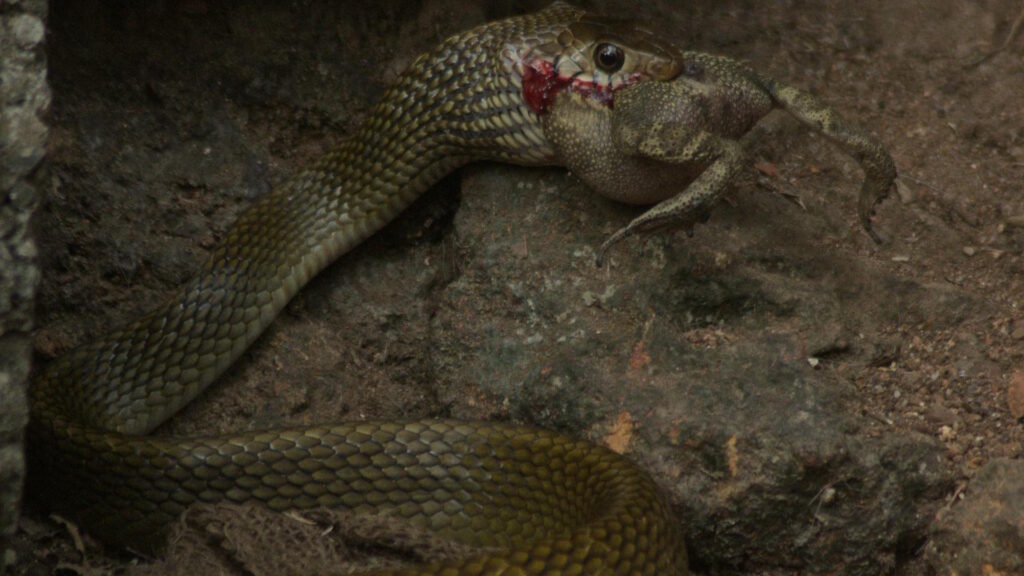
In the wild, reptiles spend significant time and energy hunting, foraging, and searching for food. Captive feeding routines often eliminate these behaviors by providing food in a predictable manner and location. To encourage natural feeding behaviors, try scatter-feeding for insectivorous species by placing insects throughout the enclosure rather than in a single dish. For herbivores, hanging leafy greens from different locations requires more effort and mimics natural browsing. Puzzle feeders designed for reptiles can slow down feeding and provide mental stimulation. Live prey items (when appropriate and legal for the species) allow for natural hunting behaviors, though this must be supervised to ensure the prey doesn’t harm the reptile. These varied feeding strategies not only provide physical exercise but also significant mental stimulation.
Creating Microhabitats Within Enclosures
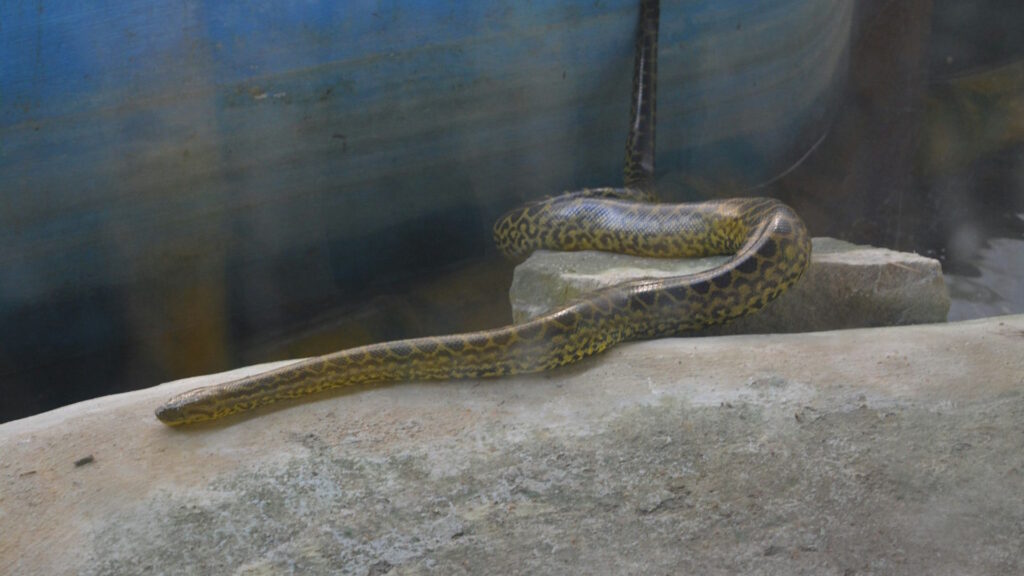
Natural environments contain diverse microhabitats with varying conditions that reptiles utilize throughout the day. Creating multiple microhabitats within a single enclosure gives reptiles choices and control over their environment. This can include humid retreats using moss or moisture-retaining substrates, dry basking areas, cool hideaways, and partially exposed perches. Misting certain areas while keeping others dry creates humidity gradients that many species naturally seek out. These varied environmental conditions allow reptiles to self-regulate according to their needs, reducing stress and encouraging natural movement throughout the enclosure. The complexity of multiple microhabitats also stimulates exploratory behavior as the animal investigates different areas with varying conditions.
Utilizing UVB Lighting Effectively
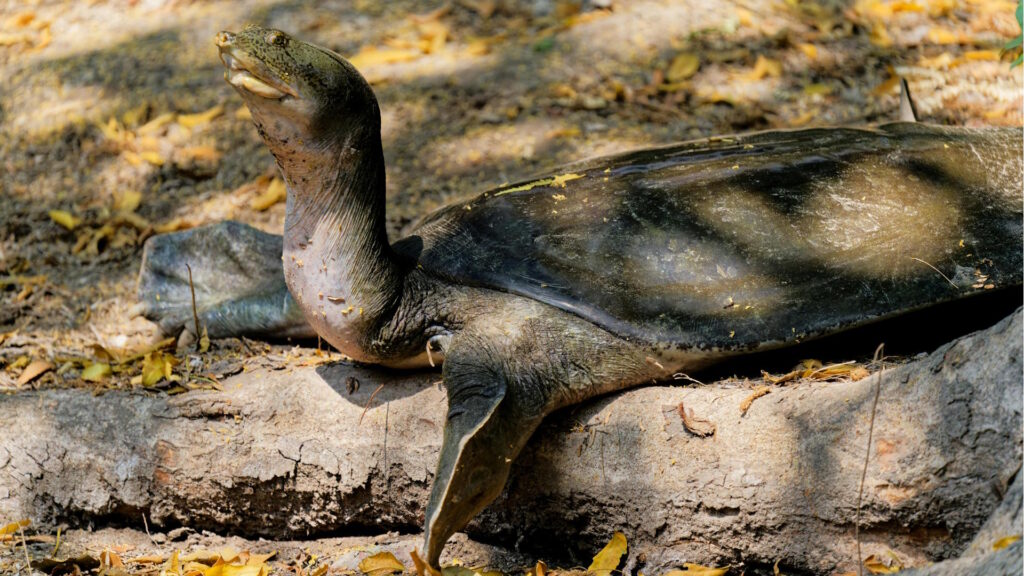
Natural sunlight exposure is crucial for many reptile species, influencing behavior, vitamin D3 synthesis, and circadian rhythms. Proper UVB lighting mimics this essential aspect of their natural environment and promotes natural activity patterns. UVB bulbs should be positioned at appropriate distances according to manufacturer specifications and replaced regularly as their output diminishes over time. Creating “patches” of UVB light rather than uniform coverage better mimics natural conditions where animals would move between sun and shade. This encourages natural basking behaviors and self-regulation of UVB exposure. The lighting schedule should follow a natural day/night cycle appropriate for the species’ native habitat, including seasonal variations when applicable.
Offering Multiple Hide Options
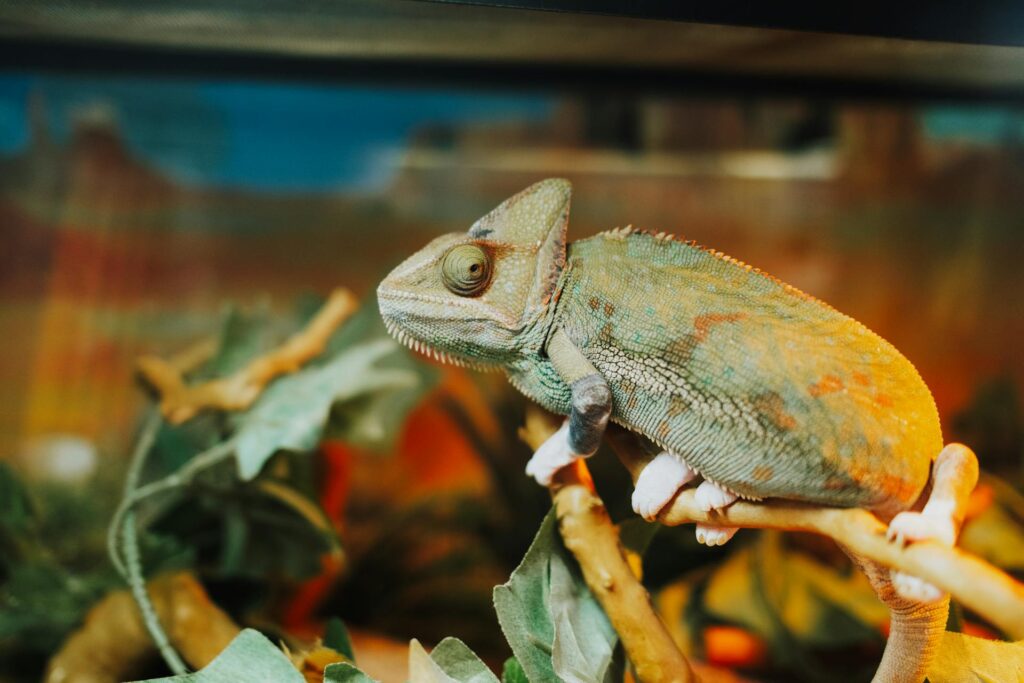
Security is paramount for reptiles, which often retreat to sheltered spaces when resting or feeling threatened. Providing multiple hides throughout the enclosure at different temperature and humidity zones allows reptiles to select retreats based on their physiological needs. Hides should be appropriately sized—snug enough to provide security but large enough to accommodate the animal comfortably. Different types of hides such as cork rounds, rock caves, commercially manufactured hides, or naturalistic burrows offer variety and choice. Strategic placement of hides in warm, cool, moist, and dry areas encourages natural movement between microhabitats as the animal’s needs change throughout the day. Multiple hide options also reduce stress by giving the animal control over its exposure and security level.
Encouraging Natural Social Behaviors
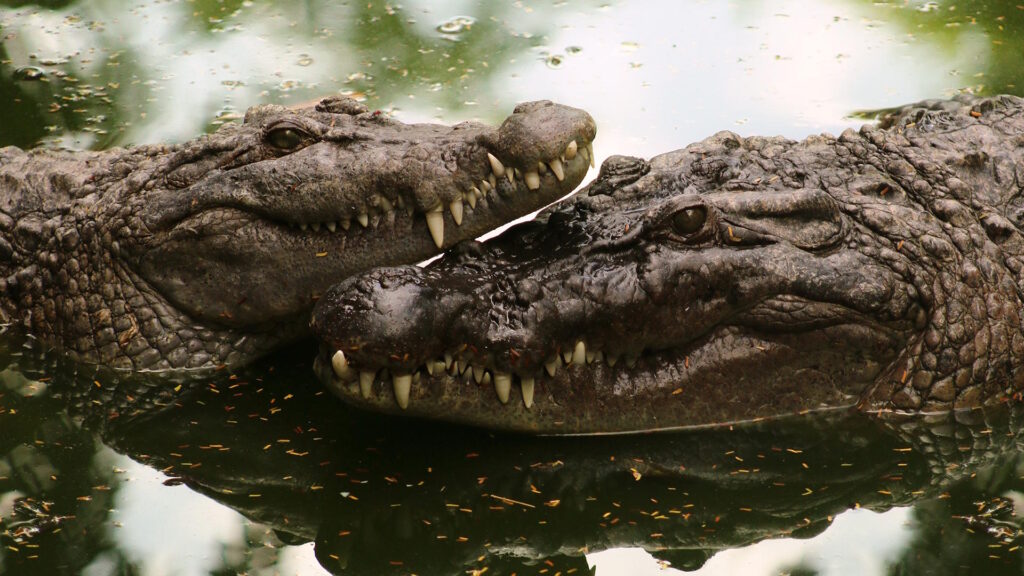
While many reptile species are solitary, others display complex social behaviors that can be encouraged in captivity. For naturally social species, appropriate same-species companionship may be beneficial, though this requires sufficient space and resources to prevent stress or competition. For species that communicate visually, providing visual barriers that allow periodic sight of conspecifics without forced interaction can stimulate natural display behaviors. Mirror exposure can sometimes elicit natural reactions, though this should be used sparingly to avoid stress. For species that naturally form breeding pairs or groups, seasonal introduction under appropriate conditions may stimulate natural courtship behaviors. Understanding species-specific social needs is crucial, as forcing naturally solitary species together can cause significant stress and harm.
Incorporating Sensory Enrichment

Reptiles perceive their environment through various sensory channels that can be stimulated through targeted enrichment. Olfactory enrichment might include introducing new and safe scents to the enclosure, particularly those that might be encountered in their natural habitat. Tactile enrichment involves providing various textures like rough stones, smooth branches, or different substrate types that stimulate touch receptors as the animal moves. Visual enrichment can include changing the arrangement of decor periodically or introducing new objects for exploration. Auditory enrichment must be approached carefully, as many reptiles are sensitive to vibrations and sounds, but gentle nature sounds appropriate to their native habitat might be beneficial. These sensory experiences prevent habituation to static environments and encourage investigative behaviors.
Using Environmental Enrichment Devices
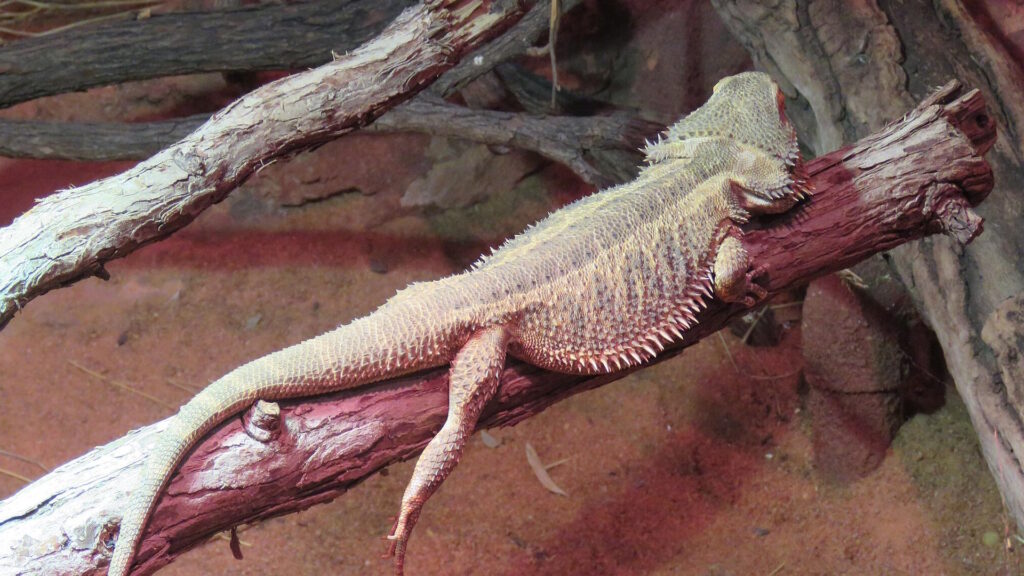
Environmental enrichment devices (EEDs) are objects or structures specifically designed to stimulate natural behaviors and provide mental challenge. These can include puzzle feeders that require problem-solving to access food, movable items that respond to interaction, or novel objects that encourage exploration. Commercial reptile enrichment products include feeding balls with holes that release insects gradually, floating platforms that require balance, or textured objects that invite climbing and investigation. DIY enrichment can be created from safe materials like cardboard tubes, PVC pipes, or natural materials arranged in novel ways. Regular rotation of these items prevents habituation and maintains their enrichment value. Each enrichment device should be selected with the species’ natural behaviors in mind to encourage appropriate activity.
Seasonal Variations in Environment
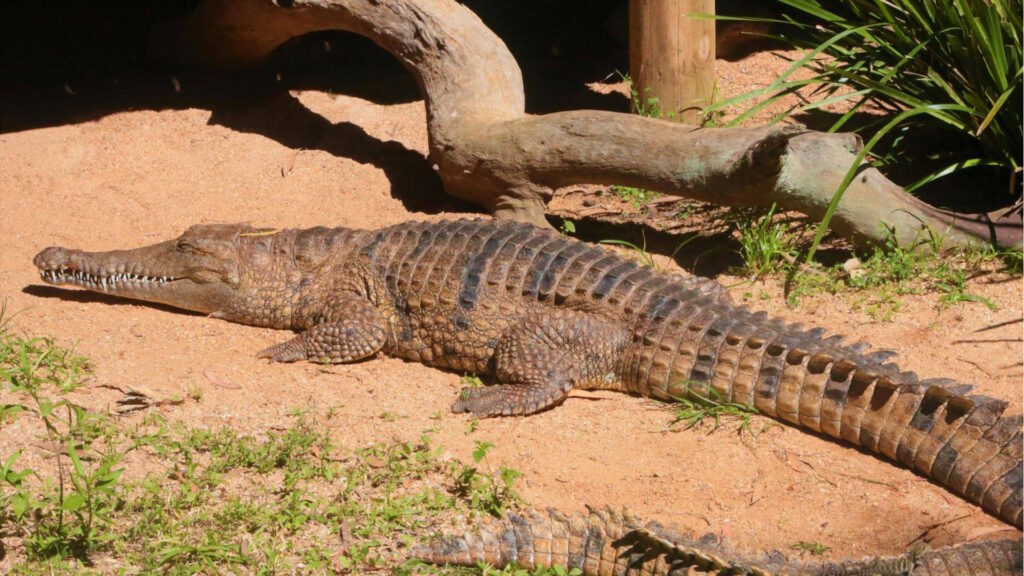
Many reptiles experience significant seasonal changes in their natural habitats that trigger specific behaviors related to breeding, dormancy, or activity levels. Replicating these seasonal variations in captivity can stimulate natural behavioral cycles. This might include gradually adjusting temperature ranges, daylight hours, humidity levels, or even food availability to mimic seasonal changes. For temperate species, a cooling period may stimulate breeding behaviors once temperatures increase again. For tropical species, subtle shifts in humidity and rainfall patterns might trigger natural reproductive or feeding responses. These environmental cues help maintain natural hormonal cycles and behavioral patterns that would occur in the wild. Seasonal variations should be researched specifically for each species, as inappropriate brumation or environmental shifts can be stressful or harmful if not conducted properly.
Regular Habitat Modification and Novelty

Static environments can lead to habituation and reduced exploratory behavior in captive reptiles. Periodic rearrangement of habitat elements introduces novelty that stimulates natural investigative behaviors and prevents boredom. This might include rotating climbing structures, rearranging hides, or introducing new safe objects for exploration. These changes should maintain appropriate thermal gradients and access to essential resources while providing new challenges and experiences. The frequency of habitat modifications should balance novelty with security—too frequent changes may cause stress for some species, while too infrequent changes may lead to environmental stagnation. Observing the animal’s response to changes helps determine the appropriate frequency and extent of habitat modifications for each individual. Small, incremental changes typically cause less stress than complete habitat overhauls.
Monitoring and Adapting to Individual Needs
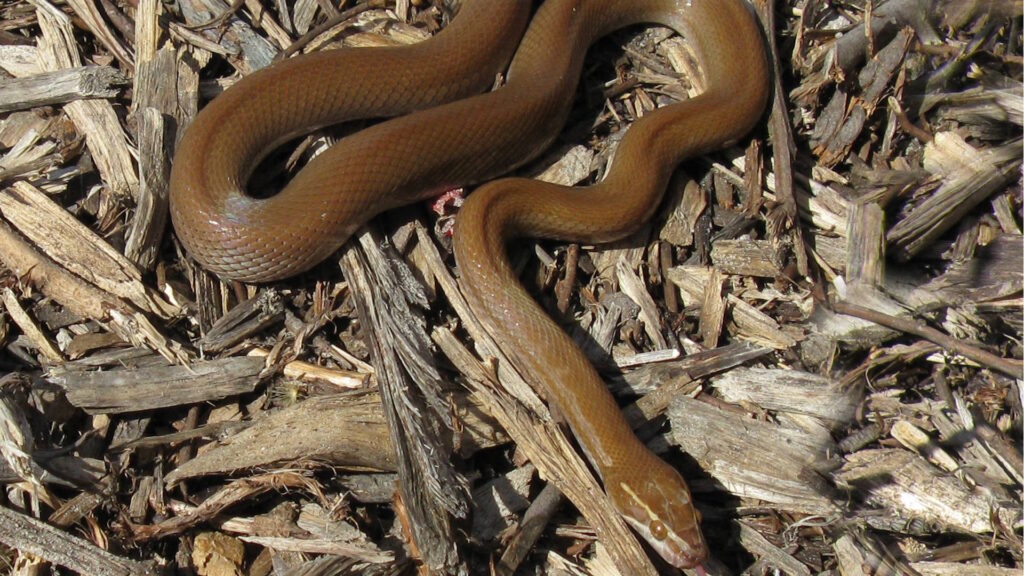
Every reptile is an individual with unique preferences and behavioral patterns that may differ from general species guidelines. Regular observation of behavior provides valuable feedback about the effectiveness of enrichment strategies and habitat design. Signs of normal behavior include active exploration, appropriate feeding responses, regular use of different habitat areas, and natural postures or movements specific to the species. Red flags that might indicate environmental inadequacies include excessive hiding, glass surfing, repetitive movements, aggression, or lack of appetite. Keeping a behavior journal helps track patterns and responses to environmental changes or enrichment activities. This personalized approach recognizes that while species guidelines provide a foundation, adapting to individual preferences ultimately creates the most effective environment for encouraging natural behaviors.
Conclusion

Creating environments that encourage natural behaviors in captive reptiles requires understanding species-specific needs, thoughtful habitat design, and ongoing enrichment. When reptiles can express their natural behavioral repertoire, they experience improved physical health, reduced stress, and enhanced welfare. The efforts made to recreate elements of their natural habitat—from thermal gradients to feeding challenges—pay dividends in the form of more active, engaged animals displaying their fascinating natural behaviors. By implementing the strategies outlined in this guide, reptile keepers can transform basic enclosures into dynamic environments that support the instinctual behaviors that make reptiles such remarkable creatures.

